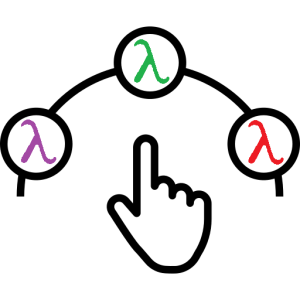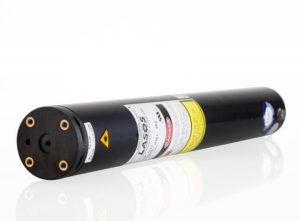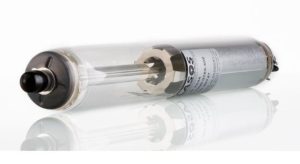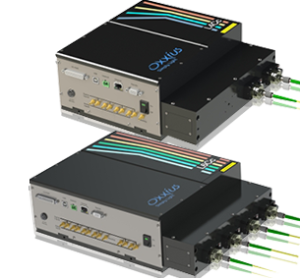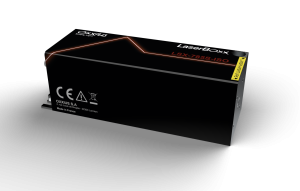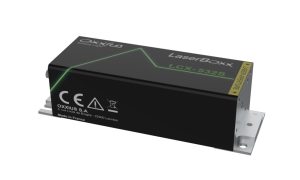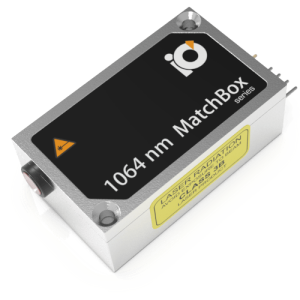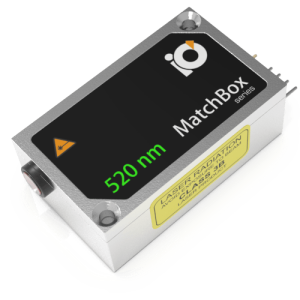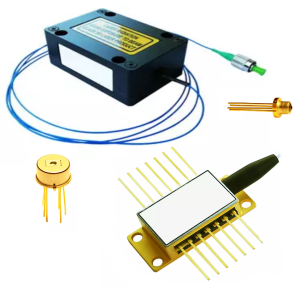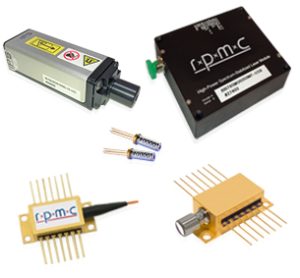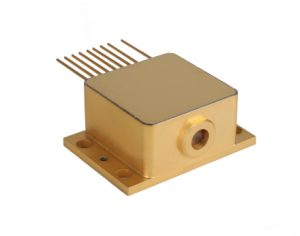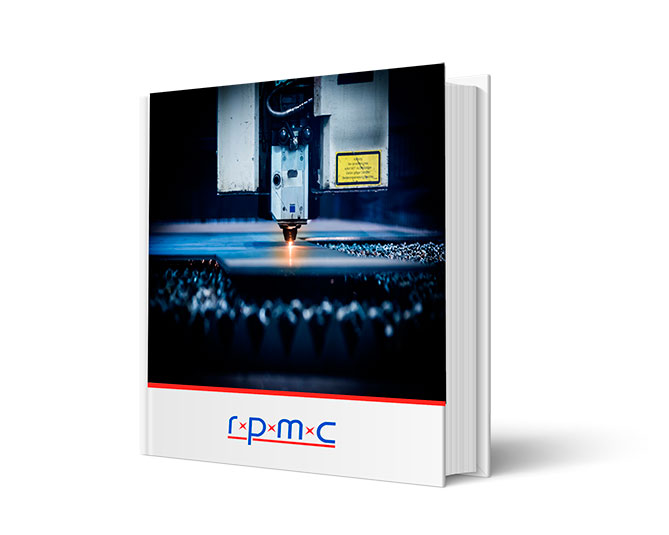Stabilized CW Laser Modules
SLM Narrow Linewidth & Wavelength Stabilized: Versatile Solutions & Precise Wavelength Control
-
-
-
-
-
- Narrow Linewidth Performance in a Variety of Wavelengths
-
-
-
-
-
-
-
-
-
- Technology Includes DPSS, DFB & VGB Laser Diodes, Gas Lasers
-
-
-
-
-
-
-
-
-
- OEM & Turn-Key Lab Solutions, Free-Space & Fiber-Coupled
-
-
-
-
The Stabilized CW Laser Modules We Offer:
Narrow Linewidth Performance in a Variety of Wavelengths
-
-
- Eliminates wavelength drift and provides extremely high spectral purity
- From Violet (405nm) to LWIR (17µm) & everything in between
- Most wavelengths have multiple output powers available
-

Technology Includes DPSS, DFB & VGB Laser Diodes, Gas Lasers
-
-
- Fully integrated DPSS, laser diode modules, wavelength combiners, HeNe lasers
- Narrow linewidth options including DFB and VBG stabilized & single-frequency diodes
- Ultra-compact, rugged options for portable & handheld applications
-
For nearly 30 years, RPMC Lasers has provided the widest selection of wavelengths and packages for various applications in the Defense, Medical, Industrial & Research markets. From standard commercial off-the-shelf components to completely customized solutions, tailored to your specifications from the wafer level, RPMC can deliver the right solution for your needs. Our vast selection of CW lasers are available in UV, violet, blue, green, red, NIR, SWIR, MWIR, and LWIR wavelengths.
With a huge selection of designs and technologies, including single & multi-emitters, arrays (bars) & stacks, quantum cascade lasers (QCLs), DPSS lasers, low noise laser diodes, distributed feedback (DFB) & volume Bragg grating (VBG) laser diodes, HeNe gas modules and more, we’re sure to have what you need for any application. Whether you need a standard configuration or a completely customized solution with space qualification, RPMC is more than just a provider; we’re your partner, guiding you through the selection process and supporting you from integration to operation, ensuring your long-term success.

 SHIPS TODAY
SHIPS TODAY 
